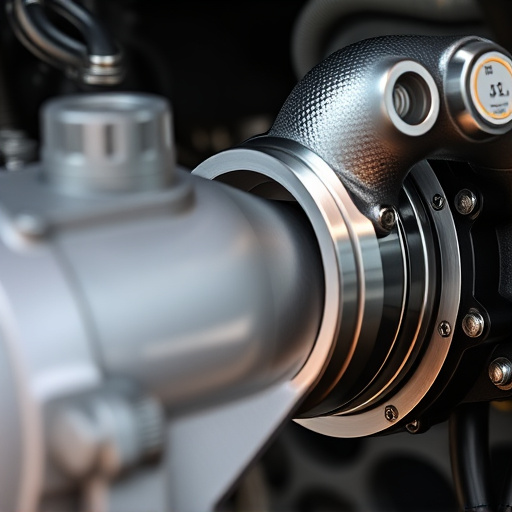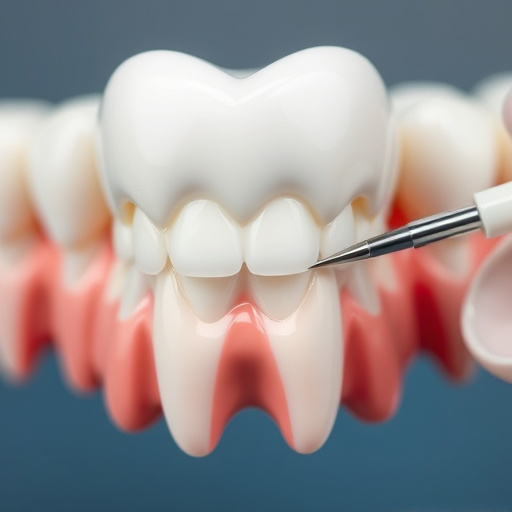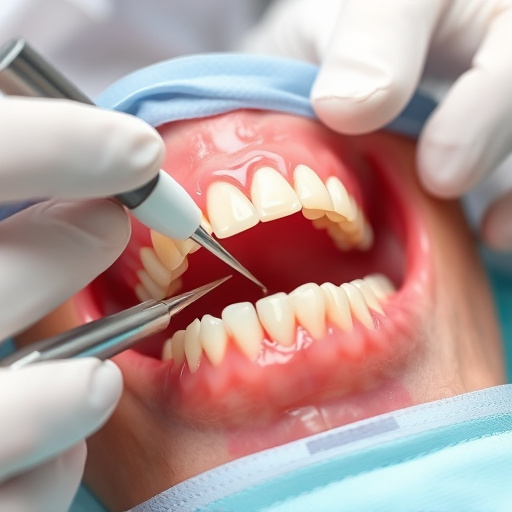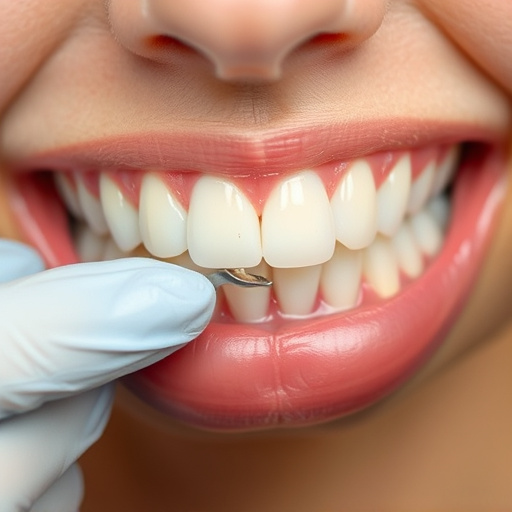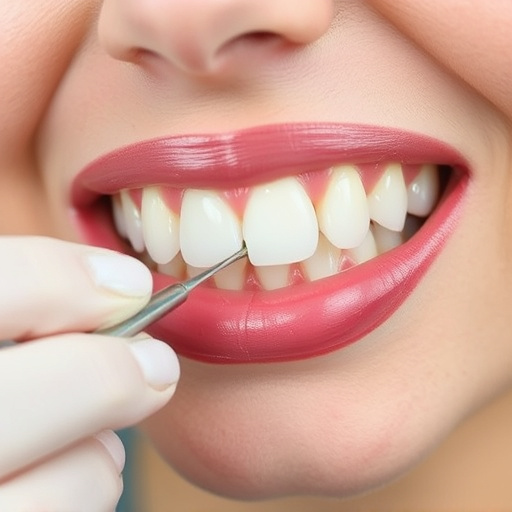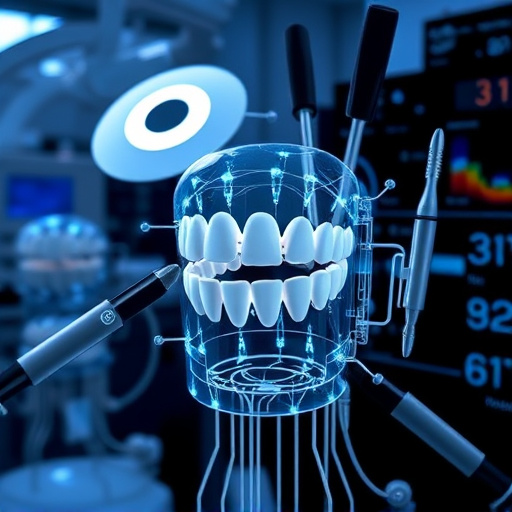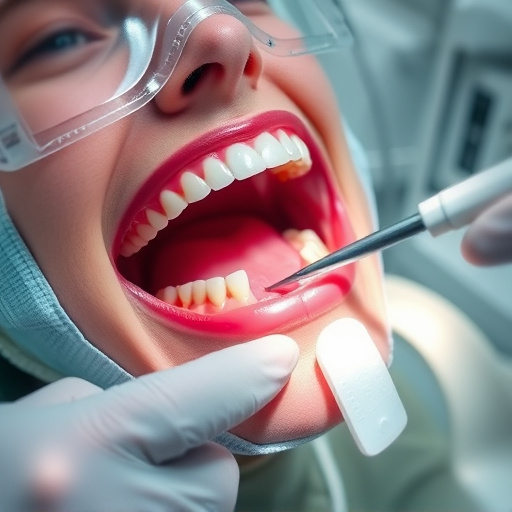Advanced 3D dental imaging transforms oral healthcare by delivering a detailed, three-dimensional view of teeth and gums, surpassing traditional X-rays. This technology enables early detection of anomalies, improves diagnostic accuracy, reduces radiation exposure, enhances patient communication, and allows for personalized treatment plans tailored to individual needs. However, occasional API issues like Gateway Timeouts may impact imaging quality, requiring troubleshooting for optimal assessment.
In the realm of modern dentistry, advanced 3D dental imaging is transforming complete mouth assessments. Gone are the days of reliance on traditional 2D x-rays. Now, 3D imaging offers a comprehensive, detailed view of oral health, enabling dentists to make more accurate diagnoses and treatment plans. This innovative technology enhances precision, reduces radiation exposure, and improves overall patient care. Explore how 3D dental imaging is revolutionizing oral healthcare in this article, delving into its benefits, applications, and the future of precise dentistry.
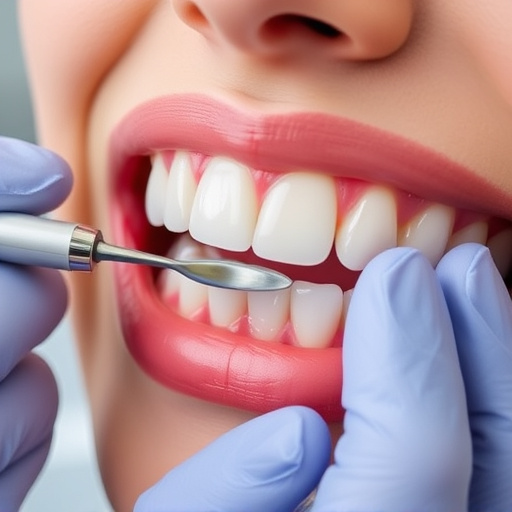
Advanced 3D dental imaging has transformed the way dentists assess and treat oral health issues. By capturing detailed, three-dimensional models of the mouth, this technology offers a comprehensive view of teeth, gums, and surrounding structures that surpasses traditional two-dimensional X-rays. This revolutionary approach enables dentists to detect even the subtlest anomalies, from early signs of decay to bone loss or misalignments, allowing for more precise diagnoses and personalized treatment plans.
The benefits of 3D dental imaging extend beyond improved diagnostic accuracy. It also enhances patient comfort with less exposure to radiation compared to conventional X-rays. Additionally, these detailed digital models facilitate better communication between dentists and patients, enabling the former to explain complex oral conditions clearly and collaboratively plan treatments that meet individual needs more effectively.
API responded with status code 504.
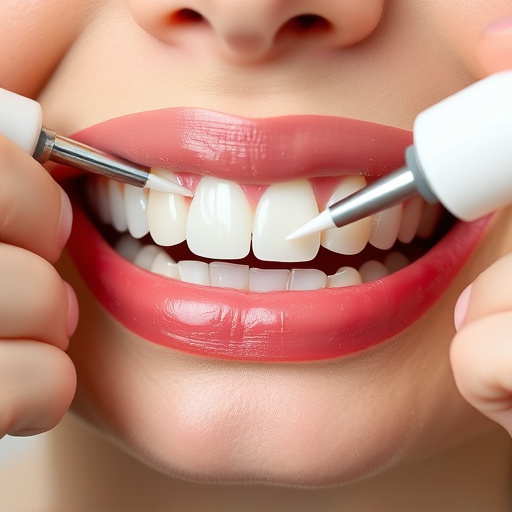
In the realm of modern dentistry, 3D dental imaging has emerged as a game-changer, revolutionizing how oral health professionals assess and diagnose dental conditions. This advanced technology provides a comprehensive, detailed view of the entire mouth, including teeth, gums, and even underlying bone structures. Unlike traditional 2D X-rays, 3D imaging offers a full-color, three-dimensional representation, enabling dentists to detect issues not visible in conventional images.
The process involves specialized hardware and software that captures multiple angles and layers of the mouth, reconstructing them into intricate 3D models. These models allow for precise measurements, accurate diagnoses, and tailored treatment plans. For instance, 3D dental imaging can aid in identifying impacted teeth, evaluating bone density, or planning complex restorative procedures with remarkable accuracy. However, it’s worth noting that API response issues, such as a status code 504 Gateway Timeout, may occasionally arise during the imaging process, requiring troubleshooting to ensure seamless data transmission and optimal assessment.
Advanced 3D dental imaging technologies are transforming complete mouth assessments, offering unprecedented detail and accuracy. By providing a comprehensive visual understanding of oral health, these innovative tools empower dentists to make more informed decisions, ultimately enhancing patient care and treatment outcomes. Integrating 3D dental imaging into routine practice promises a future where precise diagnosis and tailored treatments become the norm, revolutionizing the landscape of dental care.



